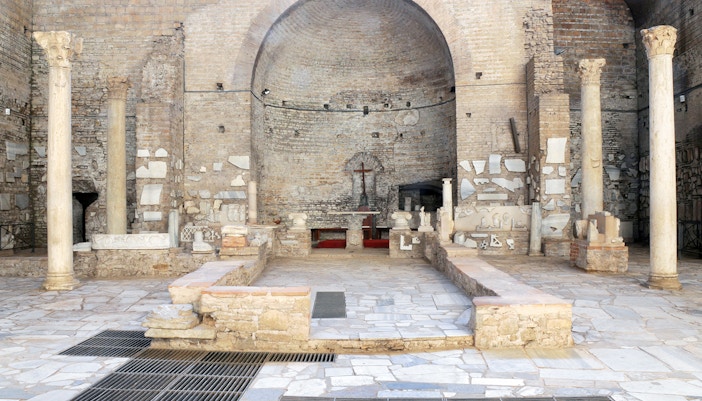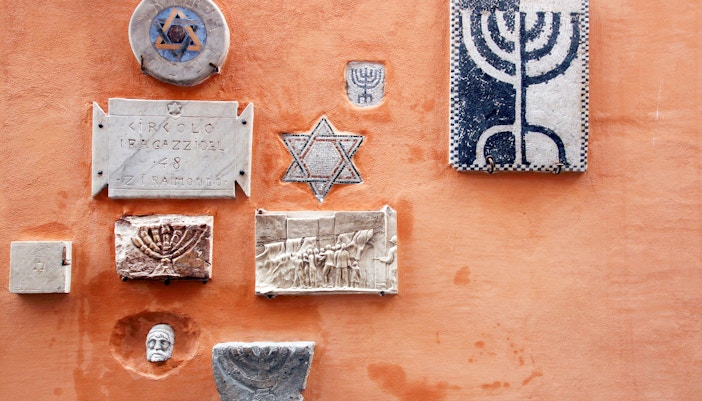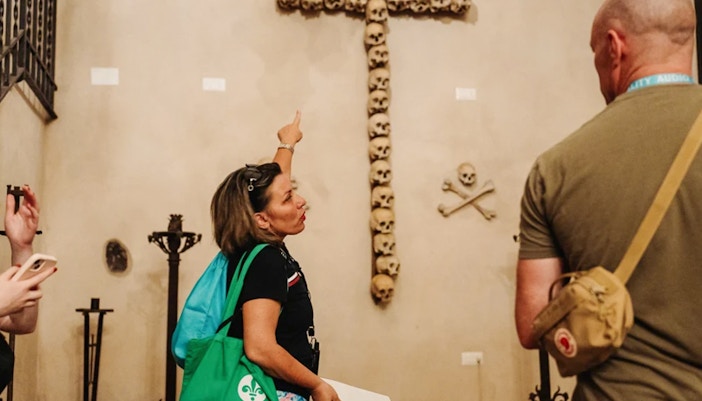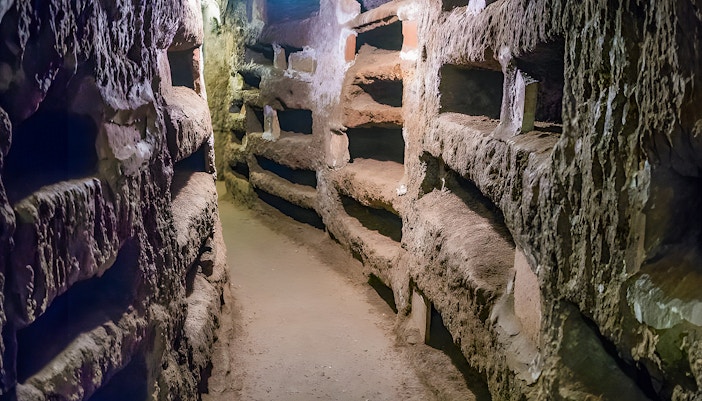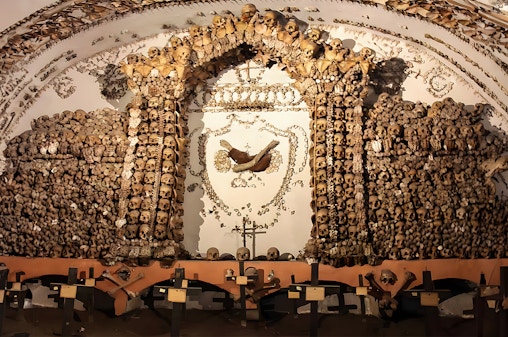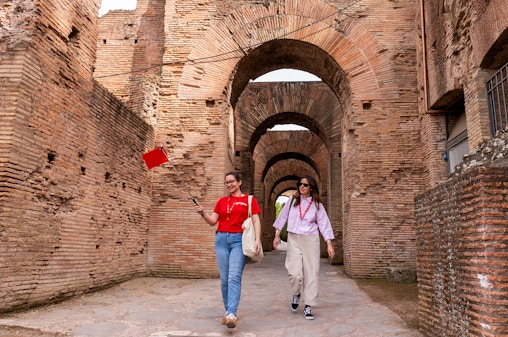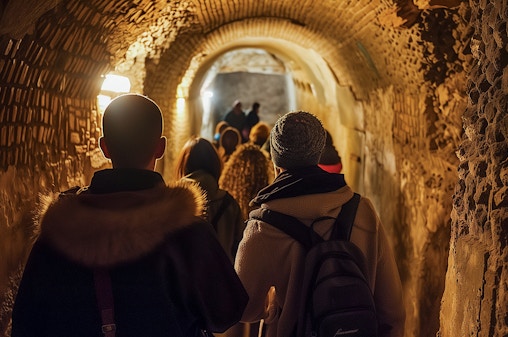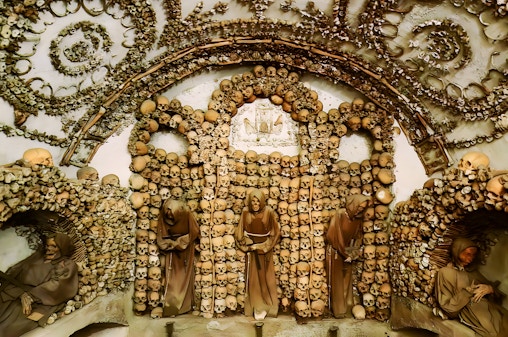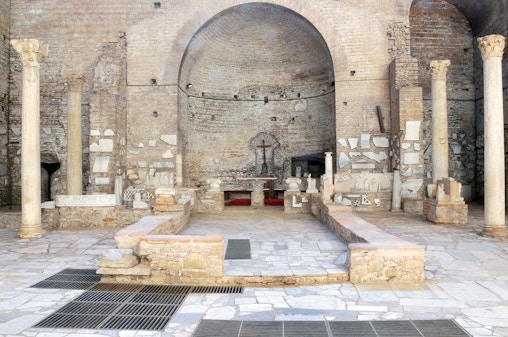Ancient underground cemeteries where early Christians buried their dead and practiced their faith in secret.
Notable catacombs: St. Callixtus, Domitilla, Priscilla, and St. Sebastian.
What to expect: Burial chambers of popes, underground chapels, early Christian frescoes, and symbolic motifs like the fish (Ichthys) and the Good Shepherd.
Why visit? Explore sacred burial grounds, hidden places of worship during persecution, and the origins of Christian iconography.
Recommended experiences:
- Catacombs of St. Callixtus Guided Tour
- Catacombs of Domitilla Guided Tour
